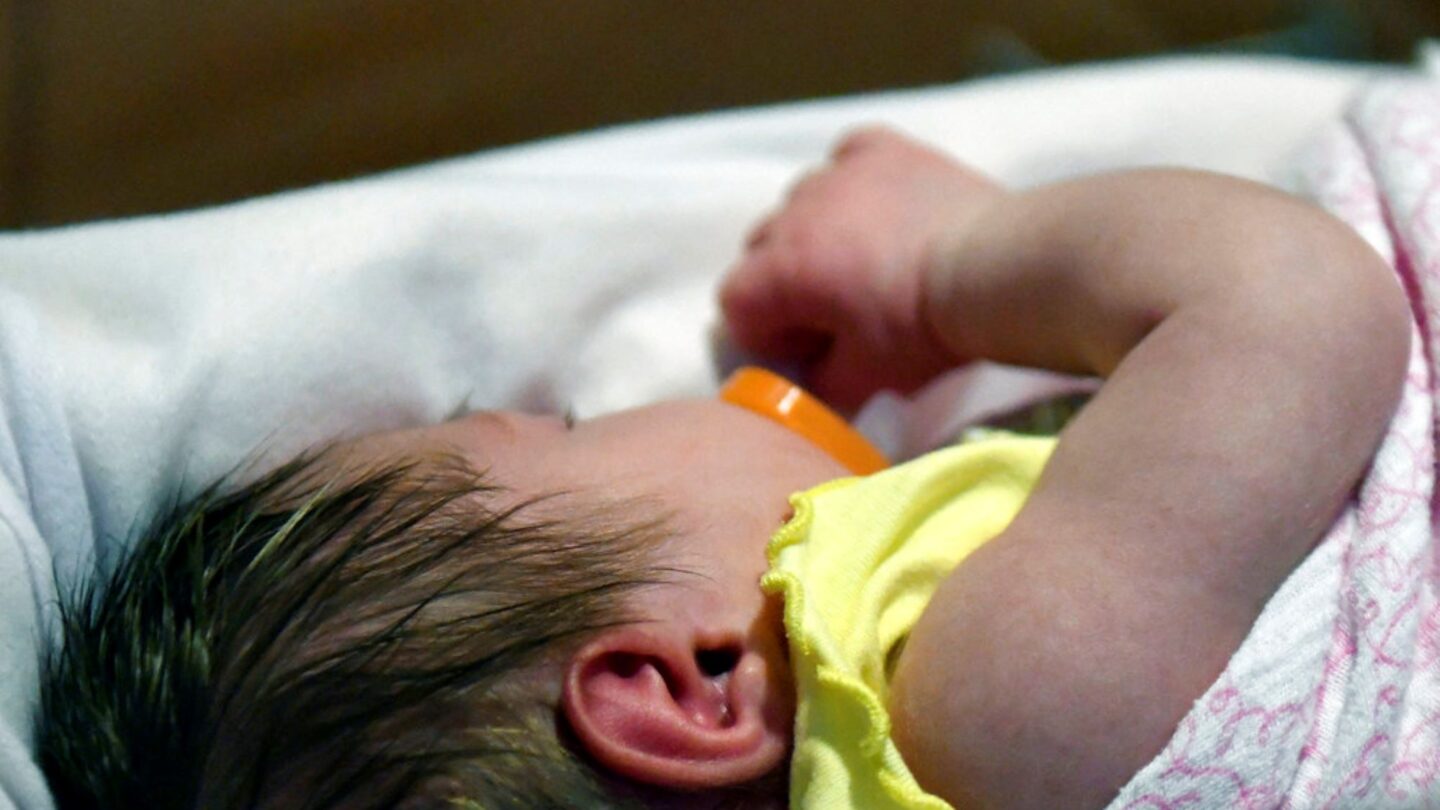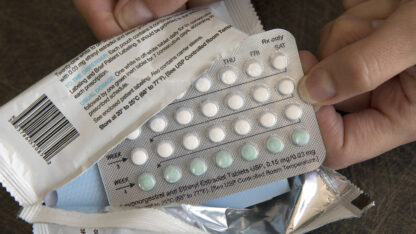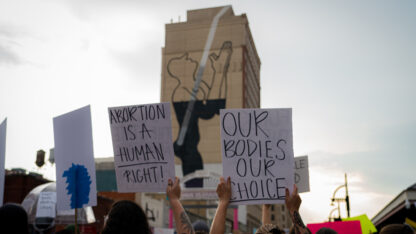The U.S. birth rate has been trending downwards over the past 15 years — so the news that the number of births actually rose in 2021 is making headlines. But the change is likely to be more of a baby blip than a baby boom.
The gain was modest, with the National Center for Health Statistics announcing on Tuesday that the 1% rise in U.S. births in 2021 “was the first increase in births since 2014.”
But the agency added a caveat, noting that the U.S. birth rate fell to a record low in 2020, the first year of the COVID-19 pandemic.
Despite the 1% increase from the previous year, “the number of births in 2021 was 2% lower than the number of births in 2019,” according to the NCHS, which is part of the Centers for Disease Control and Prevention.
That context resonates with Melissa S. Kearney, a nonresident senior fellow at the Brookings Institution and a professor in University of Maryland’s economics department.
“I am more inclined to see the drop and rebound in births associated with the pandemic as blips on a long-term trend,” Kearney told NPR via email.
The pandemic brought a ‘baby bust’ in 2020
The first of those blips came in 2020, when the pandemic upended daily life for millions of people. That brought a “baby bust,” Kearney said, with would-be parents confronted by a spike in unemployment, widespread uncertainty and coronavirus-related restrictions.
But the bust didn’t last long, thanks to the labor market’s recovery, government aid and other factors, Kearney added.
“As it turns out, the drop in births associated with the early months of the pandemic was largely transitory, meaning that many of those ‘missing births’ were pushed into 2021,” she said.
The 2021 rebound isn’t likely to signal a departure from the general downward trend, Kearney said. But she added her own caveat: “I could be wrong, of course, and young adults could decide in larger numbers that they want to have children or more children than in years past.”
U.S. births took off in the second half of 2021
Details from the new provisional data show that births dipped in January and February of 2021, compared to the previous year. But soon after, the numbers started going up, and the U.S. saw a 4% gain in births across the final six months of 2021.
All but 11 U.S. states saw births rise in the second half of 2021– and only two saw declines.
Those kind of differences, Kearney has previously said, seem to be linked more to economic concerns rather than the scope of the outbreak.
“Births rebounded more in states that saw a larger improvement in the labor market and household spending,” Kearney said in a research paper she co-wrote earlier this year, about the COVID-19 baby bust and rebound.
We’re still far from replacement levels
The new figures will not do much to bring the U.S. population closer to replacement levels.
The U.S. total fertility rate rose to 1,663.5 births per 1,000 women — the first increase since 2014 — the NCHS announced in May. But that is far below the 2,100 births per 1,000 women that each generation needs to exactly replace itself.
“The rate has generally been below replacement since 1971 and has consistently been below replacement since 2007,” the NCHS said.
Copyright 2022 NPR. To see more, visit https://www.npr.org.
9(MDAxODM0MDY4MDEyMTY4NDA3MzI3YjkzMw004))

9(MDAxODM0MDY4MDEyMTY4NDA3MzI3YjkzMw004))









